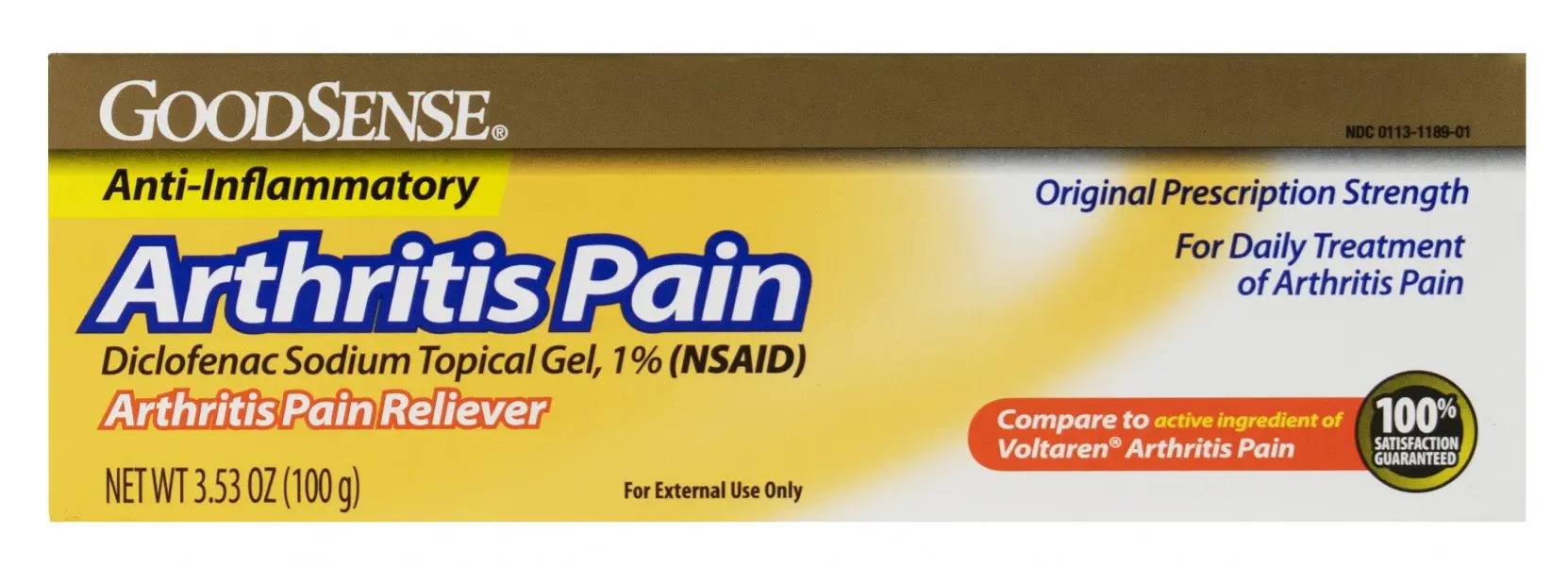
So who actually needs these medications? It’s not just about age or diagnosis. It’s about the level of pain, type of arthritis, lifestyle needs, and risk tolerance.
Not All Arthritis Is Equal—And Neither Are Its Pain Needs
There are over 100 types of arthritis, but three dominate when it comes to medication use:
- Osteoarthritis (OA) – the wear-and-tear kind, most common in older adults
- Rheumatoid Arthritis (RA) – an autoimmune condition attacking the joints
- Psoriatic Arthritis (PsA) – a skin-joint combination often linked to psoriasis
Each form responds differently to treatment. That’s why the demand for arthritis medications varies not just by person, but by condition.
📊 Who Uses What: Breakdown by Arthritis Type
| Type of Arthritis | % Using NSAIDs | % Using Biologics | % Using Natural Remedies |
|---|---|---|---|
| Osteoarthritis | 78% | 3% | 40% |
| Rheumatoid Arthritis | 62% | 61% | 23% |
| Psoriatic Arthritis | 51% | 56% | 21% |
As shown above, biologic medications are mainly used in autoimmune cases like RA and PsA, while NSAIDs dominate OA treatment.
Who Needs Arthritis Pain Relief Medication Daily?
People who use these medications every day tend to have:
- Moderate to severe pain (6/10 or higher)
- Morning stiffness lasting over 30 minutes
- Multiple joints affected
- Pain that limits sleep, work, or walking
For these patients, arthritis medication isn’t optional—it’s foundational.
“There’s a myth that arthritis just means a little creak in the knees,” says Dr. Hannah Lorenz, a pain management specialist. “But for many patients, it’s a full-body, all-day fight.”
Younger Adults with Arthritis: A Growing Medication Need
It’s not just a senior issue. More people under 40 are being diagnosed with autoimmune arthritis, particularly women.
📈 Autoimmune Arthritis in Young Adults (U.S.)
| Age Group | RA Diagnoses (2024) | Biologic Use (%) |
|---|---|---|
| 18–29 | 42,000 | 38% |
| 30–39 | 71,000 | 47% |
| 40–49 | 95,000 | 53% |
These younger patients often require aggressive arthritis pain relief medication early on to prevent long-term joint damage and disability.
Athletes and Active Workers: Hidden Arthritis Sufferers
Not everyone with arthritis is sedentary. Many active people—especially former athletes, construction workers, and manual laborers—develop joint degeneration years before retirement.
But because they associate pain with “wear and tear,” they often delay treatment.
NSAIDs, joint injections, and topical gels become go-to solutions to keep up their physical performance without compromising their lifestyle.
Seniors on a Tightrope: Relief vs. Risk
Older adults often need arthritis medications but face serious risks from long-term use:
- NSAIDs may cause ulcers, kidney damage
- Corticosteroids can lead to bone loss and immune suppression
- Biologics carry infection risks
So who gets what becomes a balancing act of need vs. risk.
🩺 Common Arthritis Meds in Seniors (65+)
| Medication | Usage Rate | Common Concern |
|---|---|---|
| Acetaminophen | 61% | Limited anti-inflammatory effects |
| Ibuprofen | 47% | GI issues, heart risk |
| Prednisone | 24% | Bone thinning, diabetes |
| Biologics | 16% | Cost, immune suppression |
Invisible Pain: People Who “Look Fine” But Need Meds
Some of the biggest users of arthritis pain relief medication don’t have visible joint deformities. Many struggle silently with stiffness, fatigue, and swelling that isn’t always obvious.
This includes:
- Desk workers with inflammatory arthritis
- People with early-onset RA
- Individuals with co-occurring fibromyalgia
For them, arthritis meds help maintain normalcy—not because they look sick, but because they’re fighting to stay functional.
The Financial Side: Who Can Afford the Real Relief?
Biologic medications, which can offer dramatic relief, come with a steep cost—often $5,000 to $15,000 per month without insurance. Even with coverage, copays can hit hundreds per injection.
As a result, people with access to:
- Employer-sponsored insurance
- Medicare Part D + supplemental coverage
- Patient assistance programs
…are far more likely to use top-tier arthritis pain relief medication. For those uninsured or underinsured, generic NSAIDs and corticosteroids remain the main option.
Final Thought: Needing Arthritis Meds Isn’t About Age—It’s About Impact
The real question isn’t “Who has arthritis?” It’s “Who’s losing quality of life because of it?”
That’s who needs arthritis pain relief medication—regardless of whether they’re 26 or 76, working or retired, stiff in the morning or aching all day.
In the evolving world of arthritis care, understanding who needs help is the first step toward making sure the right treatments get to the right people—on time, and without stigma.









